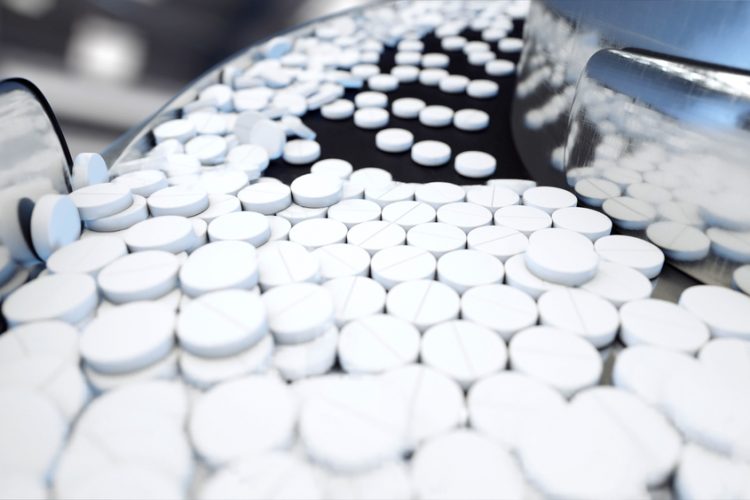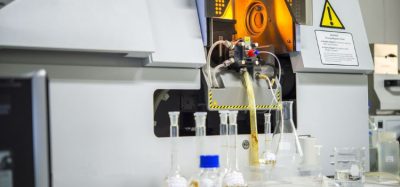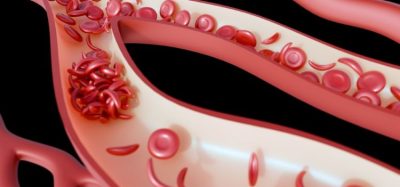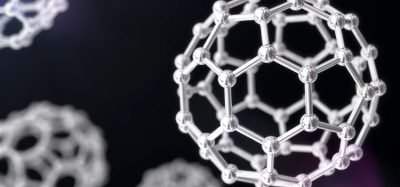Scientists show 3D printed tablet porosity can regulate drug release
Posted: 7 May 2021 | Hannah Balfour (European Pharmaceutical Review) | No comments yet
Investigators suggest using 3D printing to adjust tablet porosity could allow for personalised medicines to be made at the point-of-care.


Researchers have identified a new additive manufacturing method that could allow for personalised medicines to be three-dimensionally (3D) printed at the point-of-care in future. The 3D printing method creates medicines with highly porous structures, which can be tailored to regulate the rate of drug release when the medication is taken orally.
The team made up of University of East Anglia (UEA) researchers and Dr Andy Gleadall and Professor Richard Bibb of Loughborough University, set out to identify how porosity of a pharmaceutical tablet could alter their release kinetics in vitro. To do this they used a model formulation containing hypromellose acetate succinate (HPMCAS), polyethylene oxide (PEO) and paracetamol and a newly developed hot melt droplet deposition 3D printing method, called Arburg plastic free-forming (APF).
According to Dr Sheng Qi, a Reader in Pharmaceutics at UEA’s School of Pharmacy and the research leader, their work is building the foundation for the technology needed in future to produce personalised medicine at the point-of-care. She explained that current manufacturing approaches take a “one-size-fits-all” approach that just does not fit with the concept of personalised medicine, which requires new manufacturing technology to specifically tailor the dose and drug combinations to an individual patient. Dr Qi stated that this approach allows patients to get “maximal drug benefit with minimal side effects” and could particularly benefit elderly patients who often take a complex regimen of many medicines a day.
The research paper published in the International Journal of Pharmaceutics states that 3D printing has the unique ability to produce porous pharmaceutical solid dosage forms on-demand. However, where typical 3D printing methods require the drug to be processed into filaments prior to printing, they investigated APF, a newly developed technique that can rapidly produce porous pharmaceutical tablets without the use of filaments.
They found that by altering the infill percentages between 20 and 100 percent, thus changing the size of the pores, they could regulate the speed of a drug escaping from the tablet into the body. This was observed to be as a result of the complex interplay between tablet porosity and dynamic changes of the tablets caused by swelling and erosion at different pHs.
The team concluded that further research would be required to use the porosity to tailor the dose and dosing frequency of medicine to each patients’ needs and for this principle to be leveraged in building multiple medicines into a single daily poly-pill for patients who are on a complex medicine regiment.
Related topics
3D printing, Drug Development, Drug Manufacturing, Personalised medicine, Research & Development (R&D), Technology, Therapeutics









